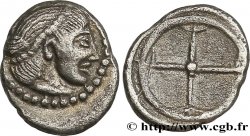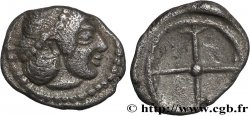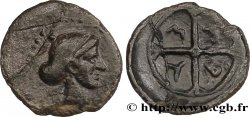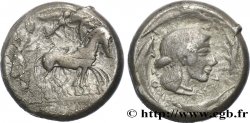bgr_488611 - SICILY - SYRACUSE Obole
Not available.
Item sold on our e-shop (2024)
Price : 420.00 €
Item sold on our e-shop (2024)
Price : 420.00 €
Type : Obole
Date: c. 480-470 AC.
Mint name / Town : Syracuse, Sicile
Metal : silver
Diameter : 9 mm
Weight : 0,50 g.
Rarity : R2
Coments on the condition:
Exemplaire sur un flan bien centré. Belle tête au droit. Très jolie patine de collection avec des reflets dorés et bleutés irisés
Catalogue references :
Predigree :
Cet exemplaire provient du stock d’Hubert Lanz et de la collection de Laurent F
Obverse
Obverse legend : ANÉPIGRAPHE.
Obverse description : Tête féminine à droite avec un cordon perlé dans les cheveux et un collier ; une partie de la chevelure tombant sur la nuque.
Reverse
Reverse legend : ANÉPIGRAPHE.
Reverse description : Roue à quatre rayons avec un moyeu central.
Commentary
Poids très léger. Il s’agit bien d’une obole et pas d’une litra. Ce type pourrait avoir inspiré le monnayage primitif de Massalia (Marseille) à la roue avec les oboles au Lacydon (voir MONNAIES XV, n° 48). Le revers servira de modèle à la litra à la tête casquée (cf. MONNAIES XV, n° 46).
Very light weight. It is indeed an obol and not a liter. This type could have inspired the primitive coinage of Massalia (Marseille) on the wheel with the Lacydon obols (see COINS XV, n° 48). The reverse will serve as a model for the litra with a helmeted head (see COINS XV, n° 46)
Very light weight. It is indeed an obol and not a liter. This type could have inspired the primitive coinage of Massalia (Marseille) on the wheel with the Lacydon obols (see COINS XV, n° 48). The reverse will serve as a model for the litra with a helmeted head (see COINS XV, n° 46)







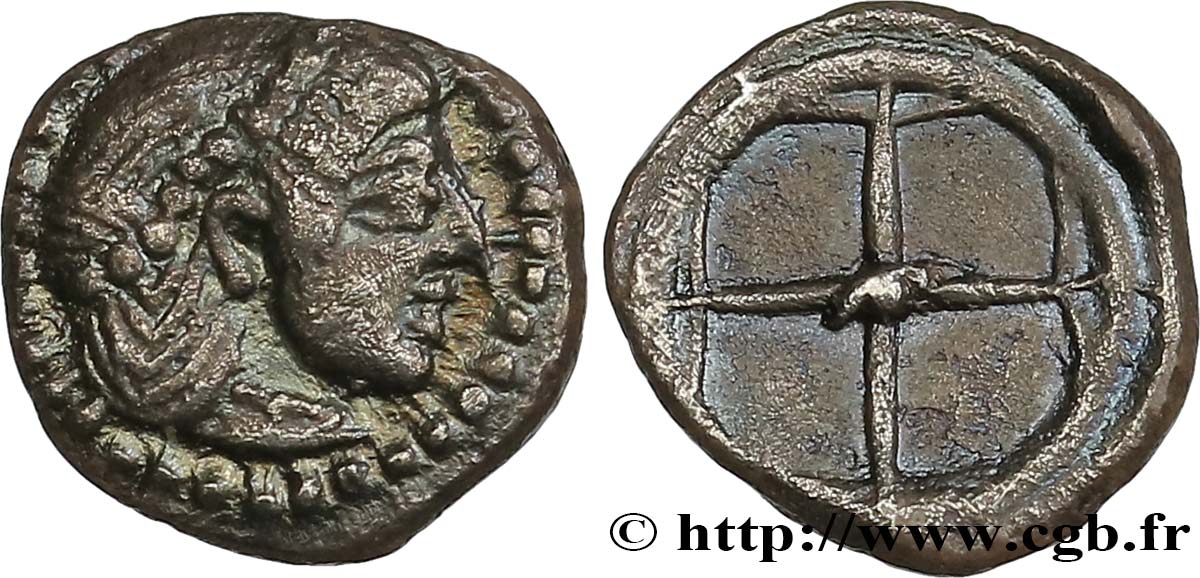
 Report a mistake
Report a mistake Print the page
Print the page Share my selection
Share my selection Ask a question
Ask a question Consign / sell
Consign / sell
 Full data
Full data